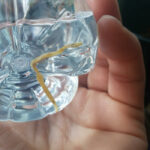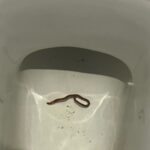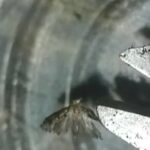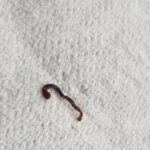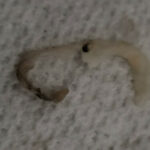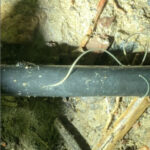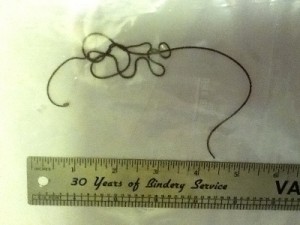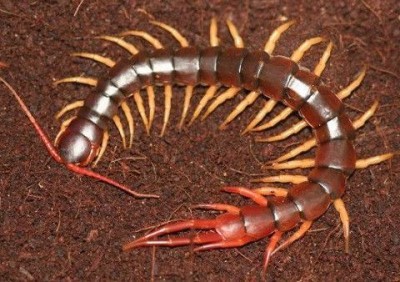Tubifex worms, common name “San Juan Worm, are a critical element of the lifecycle of whirling disease. Tubifex worms live in streams and rivers. They also function as a host for whirling disease (WD) which cannot live without the help of this worm. WD can cause significant damage to the ecosystem of a stream or river as it infects fish causing many to die.
In North America, especially in Western states, the existence of Tubifex worms has caused many young fish to die in streams around the country, significantly affecting the population of the local rivers. The trout population is especially susceptible to WD. Tubifex worms act as the host of whirling disease. They then pass the disease on to resident fish.
There are several common characteristics of the Tubifex worm that has been observed in North America including the worm’s preference to live in waters that are cold throughout the year. The worms do not usually survive in aquatic habitats that warm in the summer. The worms also thrive in waters where man has made changes to the natural environment and in waters that do not have a lot of other life forms.
It does not take a lot of worms concentrated to do a lot of damage to local fish population. Even very low counts of the worm can cause a significant outbreak of whirling disease, reducing or even killing off the local fish. WD is a parasite that most fish simply do not have the ability to recover from once they are infected. This is especially true for young fish.
Rocky Mountain rivers and streams, warm trout waters, and lake outflows are not particularly susceptible to an outbreak of Tubifex worms and whirling disease. The high population of the Rocky Mountain region interferes with the worm’s ability to thrive as does the warm trout waters where the worm generally dies off before having the ability to cause any real damage.
Among the high risk areas for a WD outbreak are Montana’s spring creaks; tailwater streams and rivers in the Rocky Mountains; and rivers, streams and canals that are impacted by urban growth, agriculture or forestry practices are great breeding grounds for the Tubifex worms. These water systems provide the Tubifex worm with several breeding advantages including biological materials to feed on, large disease populations, and sediment and manure loading are commonly seen where there is a large Tubifex worm population.
All About Worms is always free, always reader-supported. Your tips via CashApp, Venmo, or Paypal are appreciated! Receipts will come from ISIPP Publishing.





